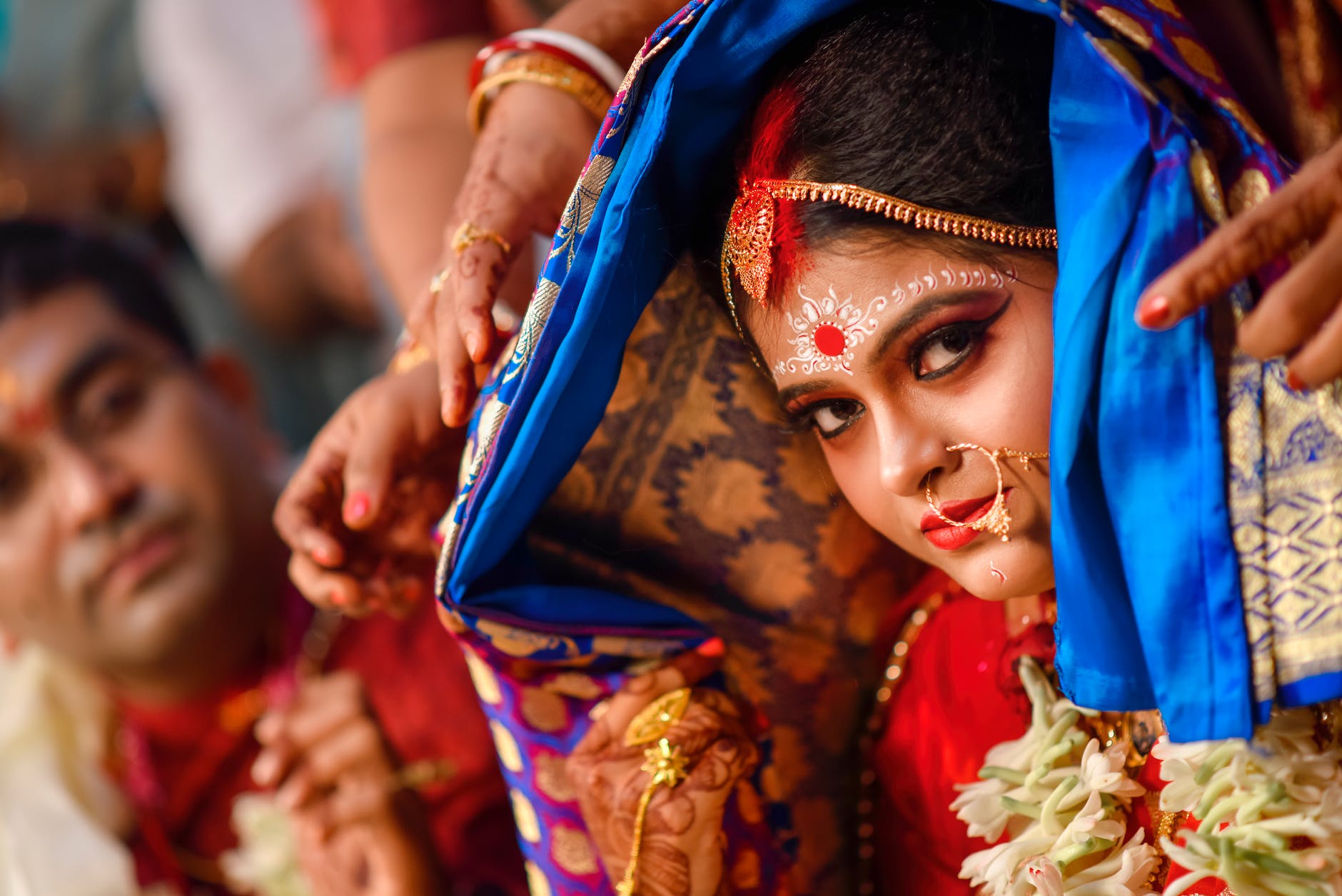A revolutionary shift in mind-expansion and consciousness exploration, Psychedelics are more than just chemicals inducing hallucinations. They are cultural icons that have entrenched themselves in numerous facets of popular culture. From film and literature to fashion and visual arts, Psychedelics have left their colorful, kaleidoscopic impressions and created a unique niche that continues to influence and inspire generations.
Since the 1960s, Psychedelics have often been associated with counterculture movements and subcultures – ones that despised mainstream ideologies and sought deeper, more transcendent experiences. Although initially tied to taboo and pilloried by the establishment, they have gradually been debunked and destigmatized, leading to a fresh and vigorous appreciation of their influence on culture and the arts.
In the realm of film, we have seen psychedelics as a central theme in movies like ‘Easy Rider,’ ‘The Trip,’ and the legendary ‘Fear and Loathing in Las Vegas,’ based on the semi-autobiographical work of gonzo journalist Hunter S. Thompson. These movies drenched audiences in the Psychedelic Aesthetics, stretching conventional film narratives and liberally splashing the screen with vivid colors, distorted perceptions, and a mildly terrifying revelation of the human psyche. Psychedelics in film are more than plot devices – they are a director’s tools for challenging audiences to envision alternate realities.
Meanwhile, literature has long incorporated Psychedelic tropes into its narratives. Aldous Huxley’s ‘The Doors of Perception,’ Carlos Castaneda’s ‘The Teachings of Don Juan,’ and Tom Wolfe’s ‘The Electric Kool-Aid Acid Test’ explore the concepts of expanded consciousness and take readers on a trip into uncharted cognitive territories. Psychedelics’ influence on Literature unfurls a vibrant tapestry of human experiences with the uncanny, mystical, and divine – a testament to the drug’s transformative power.
Psychedelics have subtly etched their colors and patterns into the world of fashion, resulting in a distinct style often labeled ‘psychedelic fashion.’ The designs parallel the visual hallucinations induced by the substances, featuring bold palettes, morphing patterns, and kaleidoscopic prints. The cognitive liberation attributed to psychedelics mirrors in the fashion industry’s liberating and nonconformist expression of personal style – an echo of the ’60s counterculture movement on the modern runway.
On the other hand, the influence of psychedelics on visual arts isn’t highly cryptic. Psychedelic art is a popular art form identified by its vibrant colors, surreal images, and intricate, morphing patterns. This hallucinatory style mirrors the subjective experience of a Psychedelic trip, with works such as Alex Grey’s Sacred Mirrors serving as a testament to the depth and imagination psychedelics can awaken.
So profound has been the influence of psychedelics that celebrities aren’t immune to their allure. The Beatles famously sung about a ‘Lucy in the Sky with Diamonds,’ while Steve Jobs credited LSD as one of the profound experiences that shaped his life. The Celebrity Influence has helped to normalize psychedelics, fostering a broader acceptance of these substances and their benefits.
However, even as psychedelics find their space within mainstream discourses, they still hold a strong sway among subcultures. Music festivals like Burning Man, Sonic Bloom, and Electric Daisy Carnival exemplify the confluence of Psychedelics and subculture, incubating a community that values freedom of thought, expression, and the dissolution of ego-centric perspectives.
It’s clear that psychedelics, once considered social taboo, have slowly intertwined themselves into the cultural fabric. Their influence on pop culture and media is an interplay of power, perception, and curiosity – a dance of control and chaos. Psychedelics invite us to step aside from the routine, to venture into the unknown, test the waters of our perception, and return enlightened, enlivened, or simply entertained.
To conclude, the relationship between Psychedelics and pop culture is a sophisticated, evolving dialogue that resonates with our insatiable curiosity about the mind’s mysteries. It invites us to question, explore, and challenge the norms, propelling us on a rollercoaster journey of thought and perception – a journey where the destination is as elusive as the concept of reality itself.




